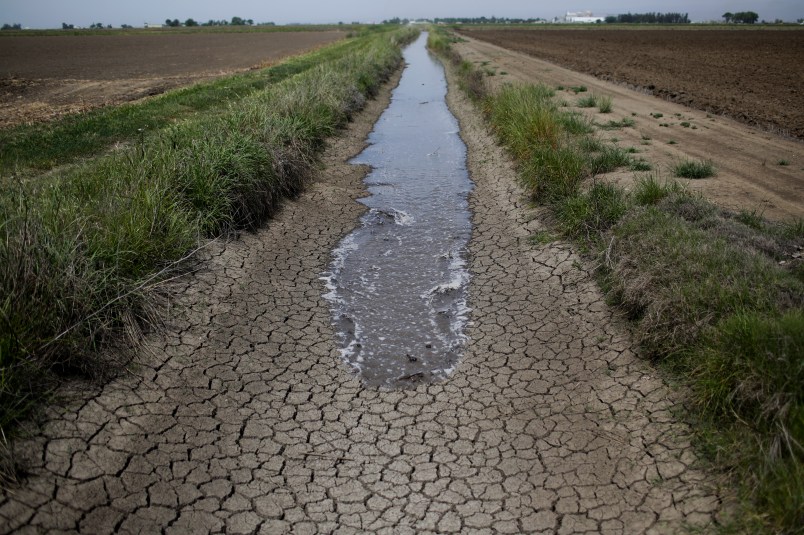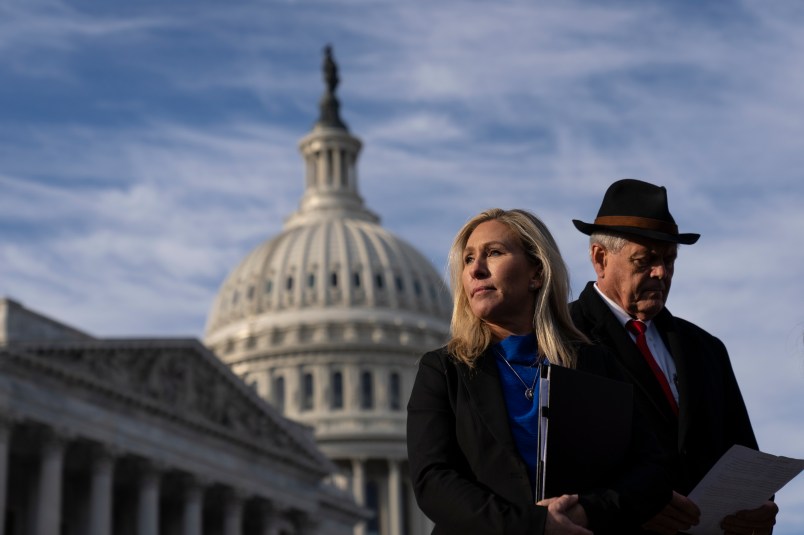ALBUQUERQUE, N.M. (AP) — The federal government will spend nearly a quarter-billion dollars to finance several dozen projects aimed at easing the effects of drought in the western U.S. and restoring watersheds that provide drinking water to communities around the nation, officials announced Wednesday.
The $225 million in funding will be shared among 88 projects, from California’s Central Valley to centuries-old irrigation systems in northern New Mexico and thousands of square miles of fragmented streams in Maine. More than half of the projects specifically address drought and water quality.
Jason Weller, head of the U.S. Department of Agriculture’s Natural Resources Conservation Service, said the federal funding will also generate $500 million more in spending for the projects that will be provided by state, local and private partners.
“That’s important for us because no one organization has the boots on the ground, the financial resources, the technical expertise needed to deal with drought, invasive species, invasive weeds, be more energy efficient and improve the health of their forests,” he said. “It’s really incumbent upon us all to work smarter and more effectively together.”
Weller pointed to the tens of millions of trees that have died in California due to the epic drought there and other challenges faced by communities bordering public and private forests that are overgrown and unhealthy. He said the dry conditions are putting pressure on watersheds and their ability to provide abundant and clean water.
The funding also is aimed at tackling flooding problems in places such as Merced County, California, where storm runoff in recent years has forced road closures and damaged prime agricultural land.
Officials say $10 million will go toward the design and construction of a system that will better capture and use snowmelt and precipitation from foothills while protecting infrastructure in the county.
Local partners are expected to triple the federal investment in the project.
Nearly $18 million is dedicated to projects in New Mexico, where Hispanic families have been using acequias, or earthen canals, for centuries to water their crops.
Acequias are located in 12 of the most impoverished counties in New Mexico and many need repairs. Supporters say revitalization of the historic irrigation systems are a matter of social and environmental justice because of their cultural and spiritual importance for the region.
In Maine, $6 million is being invested in a restoration project that spans 25,000 square miles. The goal is to reconnect some of the state’s high-value aquatic networks that have been damaged by roads and vehicles. The Nature Conservancy group and 18 other partners will be working on that project.
In all, the regional conservation program has invested $825 million in nearly 300 projects around the country over the last three years. The program was created by the 2014 Farm Bill.
Copyright 2016 The Associated Press. All rights reserved. This material may not be published, broadcast, rewritten or redistributed.










A good start. No better thinking on the subject than this must watch doc by former Nature Conservancy lead scientist Sanjayan:
http://www.dailymotion.com/video/x2i9tqe
One solution = more beaver! We need to bring beavers back to areas in which they used to thrive (like California).
Economical, environmentally friendly, and they’re cute little buggers!
Two things about this: first the “private” portion - who monitors how and when they control water supply, and whether they’re going to make the DrumpfBucks on it?
And second - who was that comedian in the '80s who griped about Ethiopians: “They live in the desert! Why don’t they just MOVE?” Sound question, especially for places like Arizona where old people go to vote for Arpaio.
That comedian was the great Sam Kinison who oddly enough was killed in a auto accident on a highway in the California desert.
If the Corps of Engineers are involved, and the article doesn’t say, their water projects routinely involve shared funding between the federal government and local governments. This is built into the laws governing how these things get done.